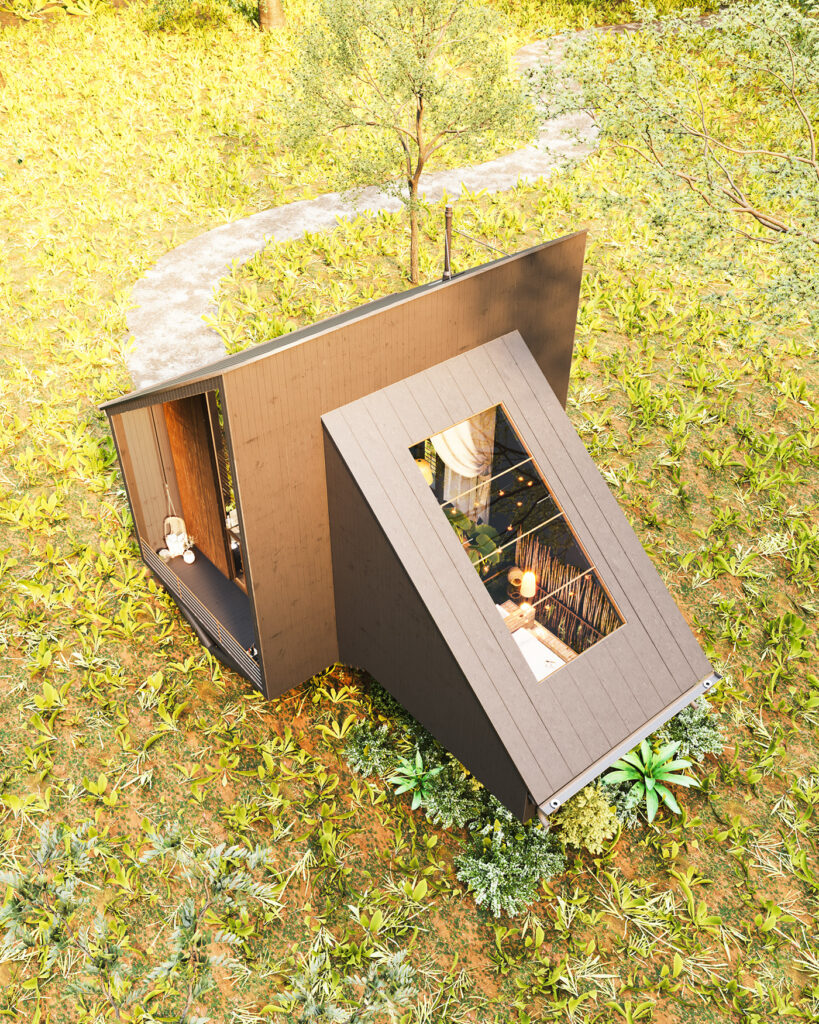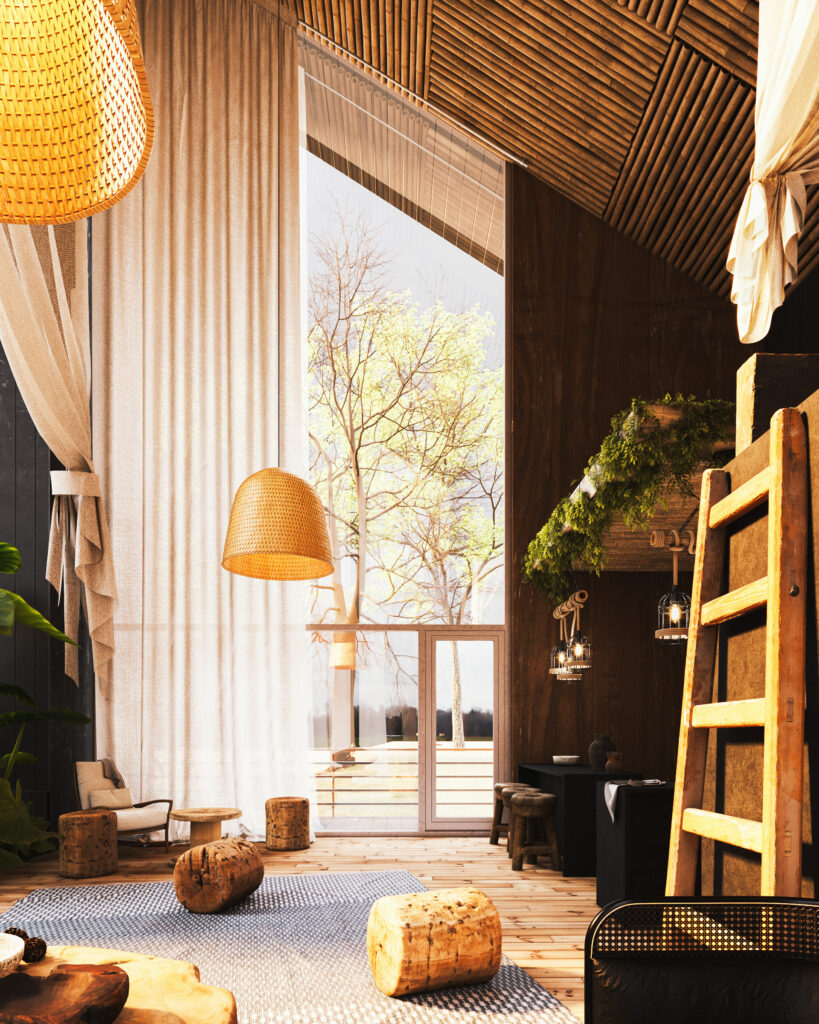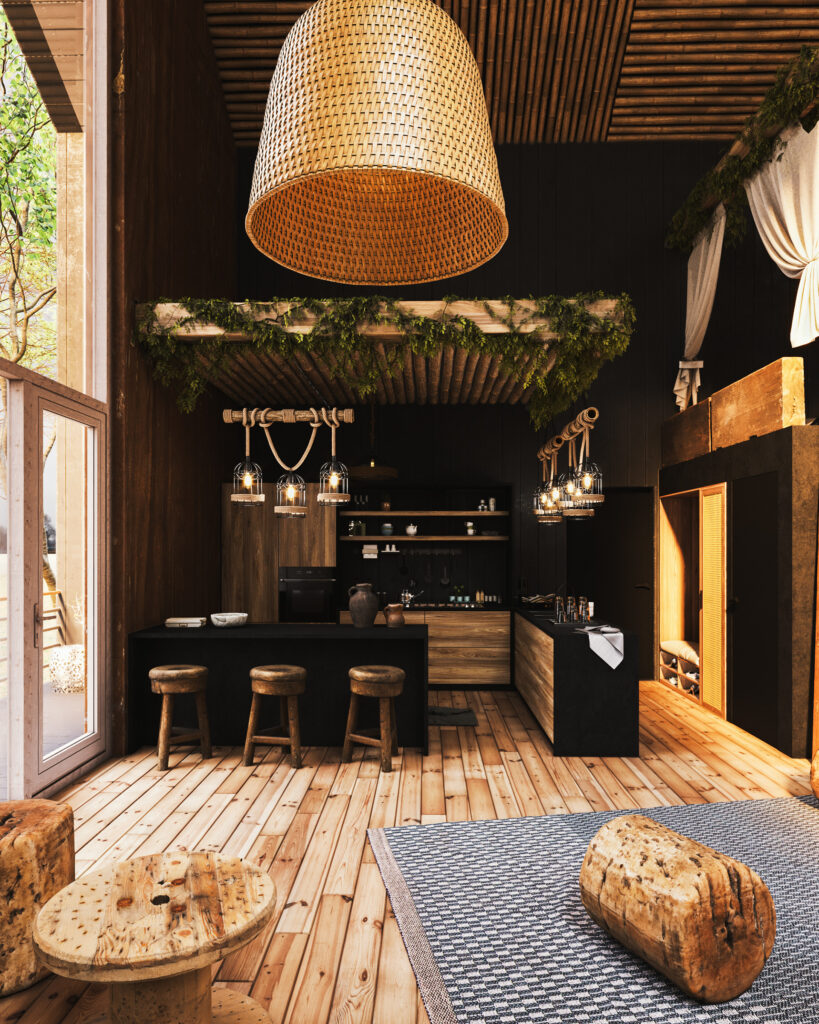
Biophilic design is an architectural and design concept that seeks to incorporate elements of nature into built environments to enhance human well-being, productivity, and overall quality of life. The term “biophilia” was first coined by biologist E.O. Wilson, who defined it as “the innate human tendency to affiliate with nature.”

Incorporating Biophilic Design Principles
The biophilic design may include the use of natural materials such as wood, stone, and water, as well as the incorporation of plants, natural light, and views of nature into building design. It may also involve the use of biomimicry, which involves taking inspiration from nature’s design principles and applying them to human-made products and systems.

Studies have shown that biophilic design can have a positive impact on human health and well-being, including reducing stress, improving mood, increasing creativity and productivity, and even speeding up healing in healthcare settings. As a result, it has become an increasingly popular approach in architecture and design, particularly in office buildings, hospitals, and other public spaces.
Milad Eshtiyaghi’s Natural Material Tiny House
Incorporating biophilic design into a tiny house can help to create a sense of connection with nature, even in a small space. Milad Eshtiyaghi dreamt of this and designed a tiny house as a work of art.

This tiny house was designed to be built entirely from natural materials. While designing the tiny house, he emphasized that the place where people feel most peaceful, as a part of nature, is nature. Even while watching the tiny house on the screen, one establishes a connection with nature. A sense of warmth and comfort pervades you.
The Magic of Fragrant Forest
Imagine that this tiny house is in a dense forest in Brazil. Feel an example of every detail of the forest inside the house. The magic of the fragrant forest fills the room through the huge windows. Your lungs are just as big now. It’s hard not to get excited with the intoxication of fresh air. The sunlight coming in through the large windows adds a ceremony to your enthusiasm.

Fully Functional Forest Objects

All the materials for the tiny house came from the forest itself. The walls, floor, and roof are carefully made of wood. It is a single-story and one-room building, but thanks to its high ceiling, it also has a mezzanine floor.
The area that we will consider as the first room is the living room and the kitchen. Wherever you look in the sitting area, you see an object from the forest. These are fully functional, some a stool, some a coffee table. We don’t even need to mention the plants. The tiny plants squirting from all sides refer to the biophilic design philosophy.
Ivy Adorned Wooden Ceiling in the Kitchen
The kitchen is designed as if it were part of the forest. Stylish lighting does not stand out at all. On the contrary, it connects with modernism as a compliment. The main attraction of the kitchen is the wooden ceiling adorned with ivy.

Mezzanine for Peaceful Dreams
You reach the mezzanine by a simple staircase. There is a huge double bed here. The big window that sees the sky is right above you. It is impossible not to dive into dreams and find peace.

Love what you see? Share your home makeover with us and we’ll feature it on our blog.
Email us at [email protected] and tell us about your project.
For more tiny home improvement and renovation ideas, click here.
Read Also
The Best Airbnb House at Messa County
They Built a Tiny House for Less Than $6000
Couple Build A $10,000 Off-Grid Tiny House on Wheels
$4350 turns an Abandoned House into a Stunning Tiny Home!